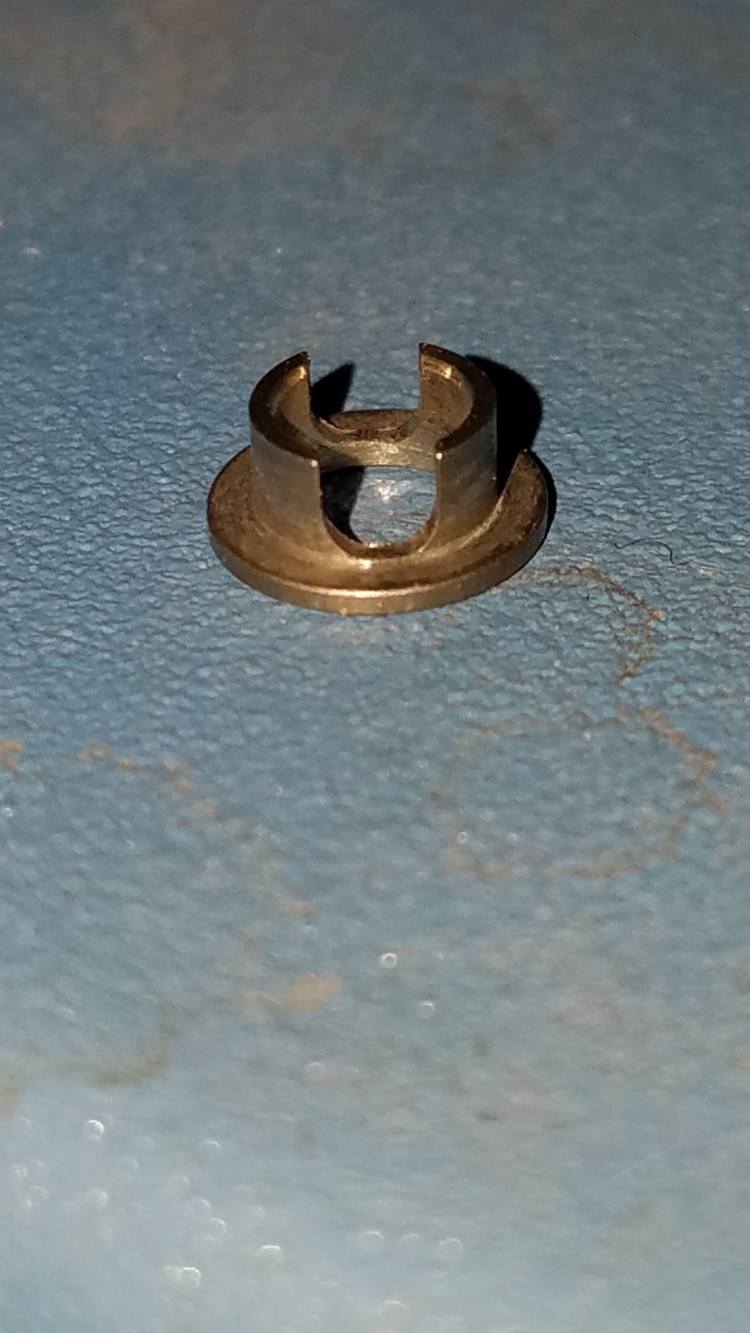Thermal Conductivity Detector
The name alone says it all. We will be using the principal of the thermal properties of gases and thus by heating or cooling the thermistor beads we will see a different ability to conduct electricity. Sounds kinda complicated???? Well let's look at the oven. Everything in a G.C. is built on ______________????? Constants.... Say it again, constants. If you're really stupid say that about 100 times. A typical oven temperature is 140°F which is 60°C and this is a nice temp that will keep everyone is a gas phase and move nicely. Our oven will settle out at 140 and not move more than half a degree. CONSTANT. Carrier gas will be moving through the valves and columns and across the thermistor beads. For this project we will say it's H2. H2 has the highest thermal property out of everyone on the planet. Might have to do with it being #1 on that old periodic table. Guess who comes in second for thermal conductivity? He is correct and where does it fall on the periodic table? So we are using H2 and it's thermal conductivity is 39.6 and this is flowing at 40 cc/min across the thermistor beads. Of course we have to balance out those flows so that when we stroke any CV that it maintains that 40 cc/min. So we are in a 140° oven with a constant flow going across us like a fan, giving a cooling effect. The two main beads we are concerned about for this exercise are the sense and the reference. The reference will only see carrier gas. IT'S ENTIRE LIFE...That carrier gas is constant and that bead will remain that same temp with that flow over and over and over. Reference is CONSTANT. They are both 30K ohm thermistors. I'll tell you a secret, as the thermistor heats up, the ohm value goes down. The sense thermistor will have the same carrier gas flowing across it and when there is no other gas going across it ----- it will be equal to the reference. If it is equal to the reference then that is zero or otherwise known as baseline.
Now when we inject the sample and the carrier takes off with it and pushes it into the columns we will separate out the components. Then as those components are pushed up and across the thermistor bead (SENSE), the temperature of the bead will change. The gas will heat up the bead. This difference in temperature will cause the ohm value to change. So if we apply a constant voltage to the thermistor bead and then read the current difference between the reference and sense then we will use that difference as our peak.
Then we just measure the area, integrate it, and give it a known value.
Now when we inject the sample and the carrier takes off with it and pushes it into the columns we will separate out the components. Then as those components are pushed up and across the thermistor bead (SENSE), the temperature of the bead will change. The gas will heat up the bead. This difference in temperature will cause the ohm value to change. So if we apply a constant voltage to the thermistor bead and then read the current difference between the reference and sense then we will use that difference as our peak.
Then we just measure the area, integrate it, and give it a known value.






________________________________